The concept of Corporate Social Responsibility (CSR) emerged in the world in the 1950s and in Brazil from the 1980s onto the 1980s. It assumes that companies have direct responsibility for the impacts on society and have a duty to work together for balanced development. This study had as general objective to analyze the evolution of scientific production in the area of Corporate Social Responsibility, specifically in the areas of Applied Social Sciences, present in the Scopus database and produce bibliometric indicators, as well as to analyze the interdisciplinarity of CSR among other areas, in the time space from 2000 to 2019. Through bibliographical research it was possible to observe a great change in the conception by individuals and organizations, in principle the bias of CSR was seen only as philanthropy, the changes went beyond what the organization could gain from the inclusion of CSR. The bibliometric research demonstrated the evolution of studies on CSR in the 21st century, where an average growth of 31% was observed, from 18 publications in 2000 to 1,491 in 2019, it was also observed that when analyzing the impact of publications and keywords, it was found that 21% of the most cited studies deal with issues related to Stakeholder Theory. In general, this study exposed the macro profile of scientific production on CSR, the theme studied remains evolving and in the process of consolidation given the number of theories existing within CSR.
- Autor/es: Thaiane de Almeida dos Passos, Marcio Silva Borges
- Año de publicación: 2021
- País: Brasil
- Idioma: Portugués
- Fuente de indexación: WOS



